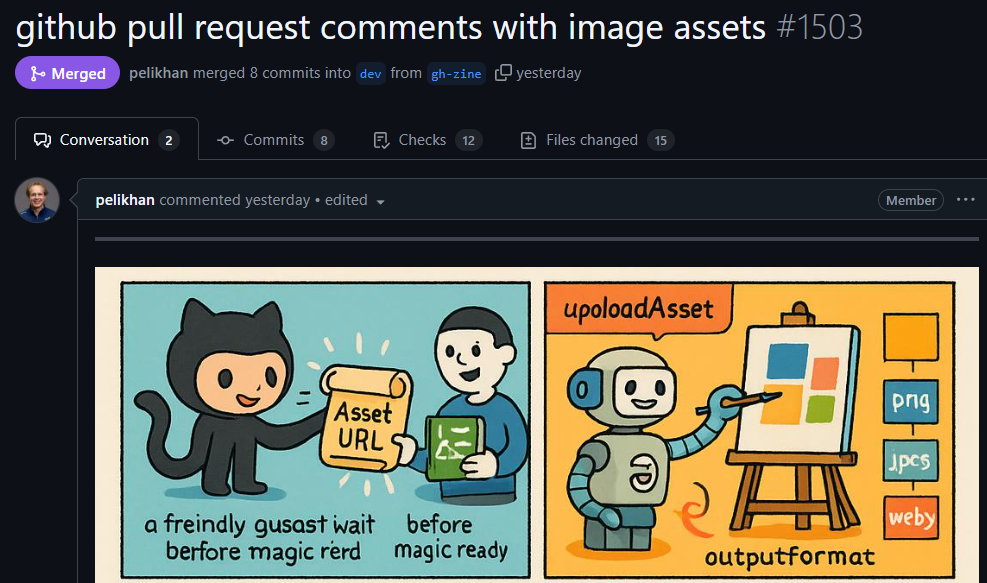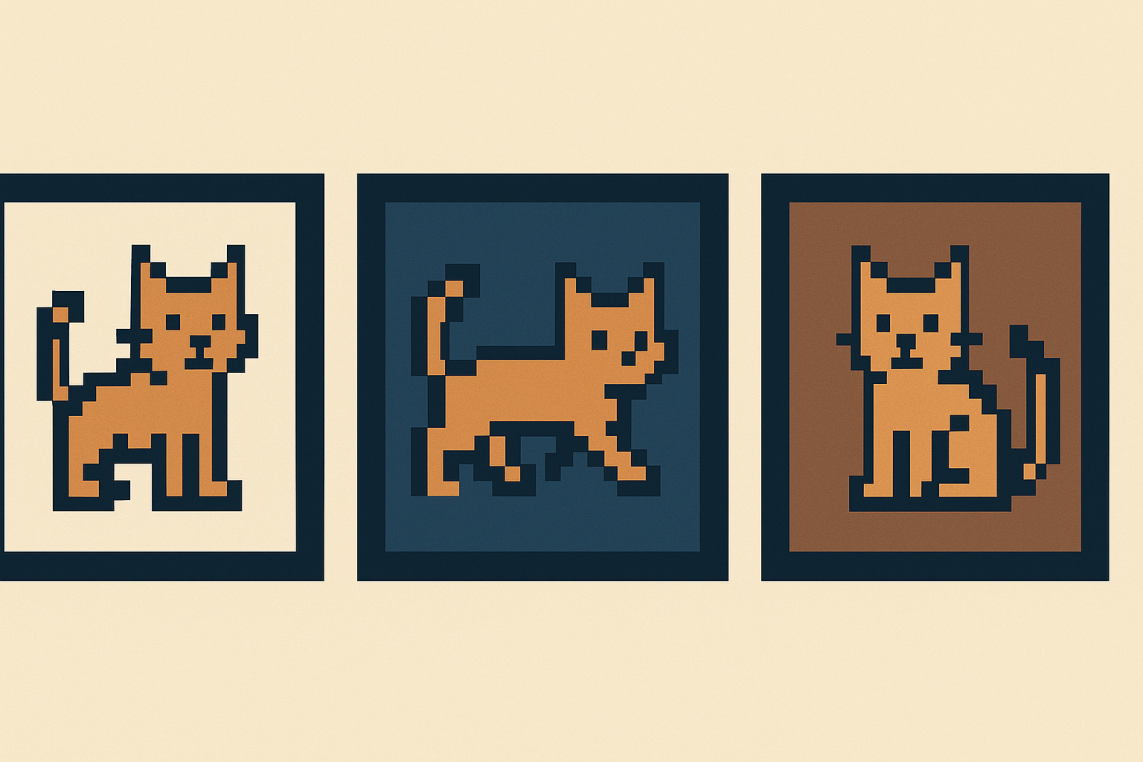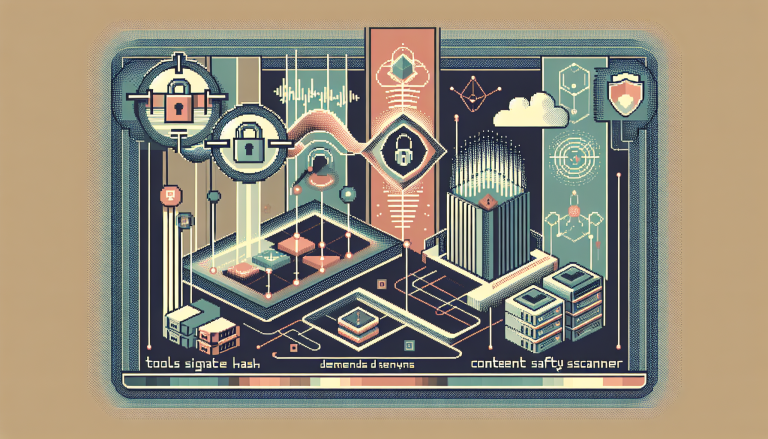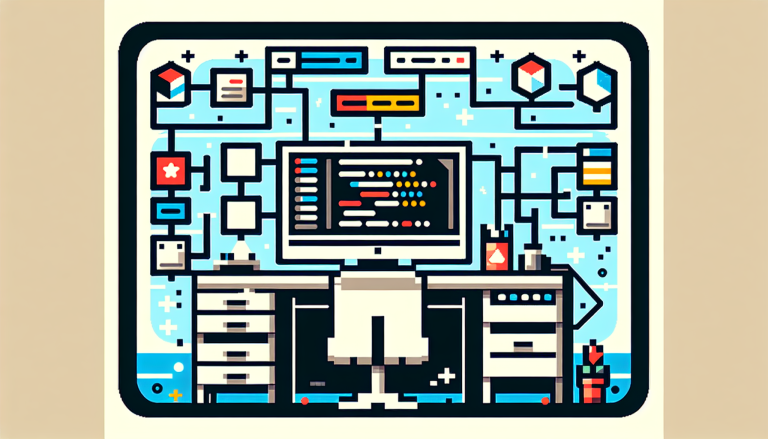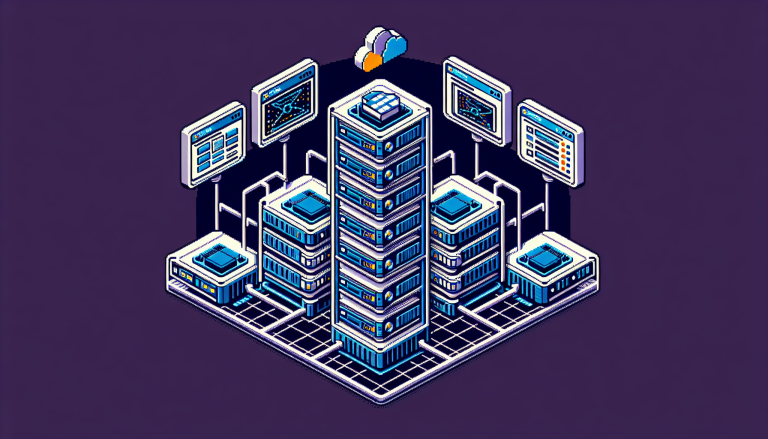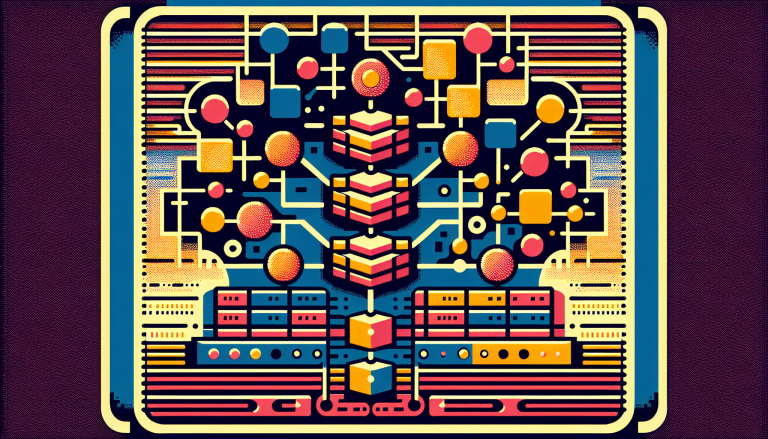v2.0 - A Node.JS library
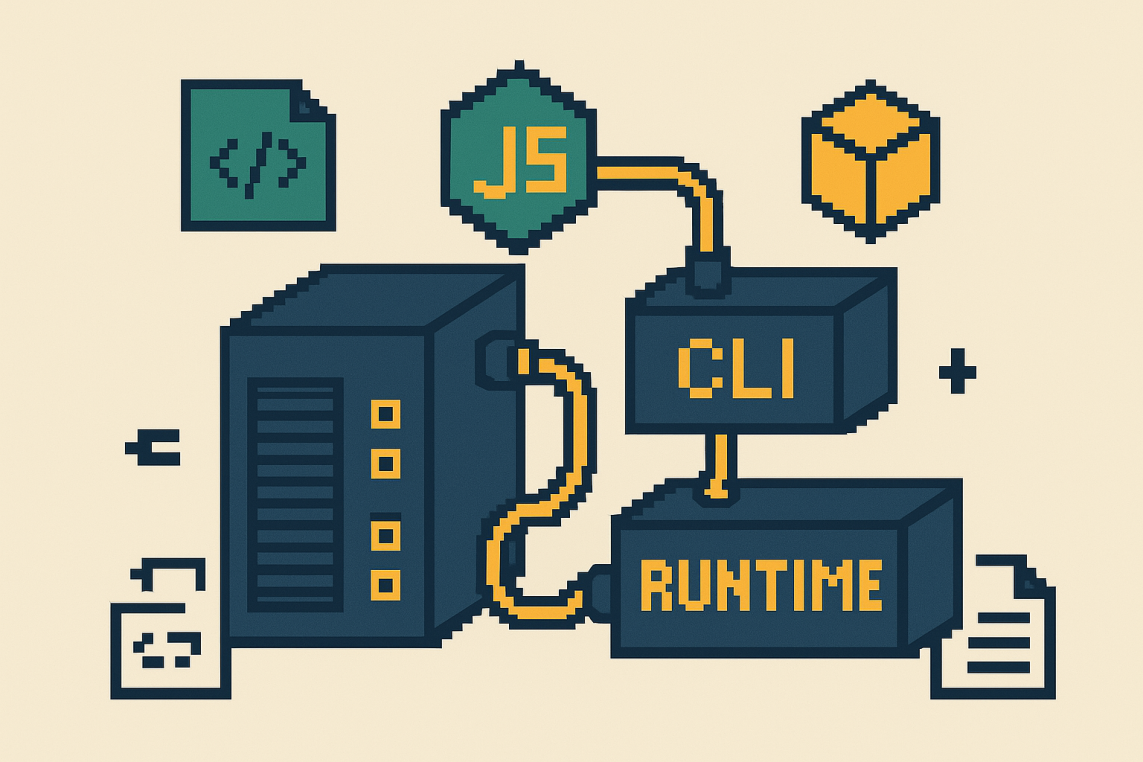
We’ve rolled out GenAIScript 2.0, featuring a modular and maintainable runtime now accessible in any Node.js application, beyond just the CLI. This shift involved significant backend refactoring, streamlining the integration process for developers and expanding usage possibilities. The new @genaiscript/runtime npm package isolates the core functionality, allowing direct imports and straightforward initialization in projects. For those building with the Node.js API, updating your imports ensures compatibility with the latest structure. This release makes it easier to incorporate GenAIScript into diverse workflows, whether through the CLI or embedded in broader Node.js solutions.
